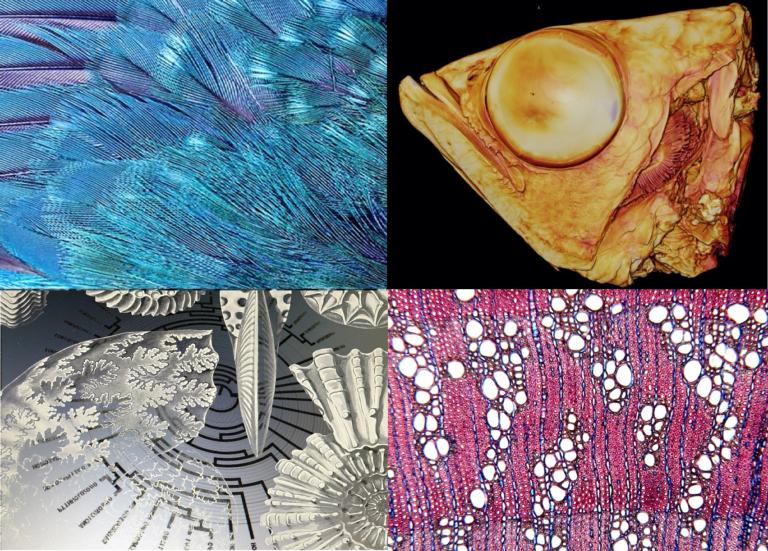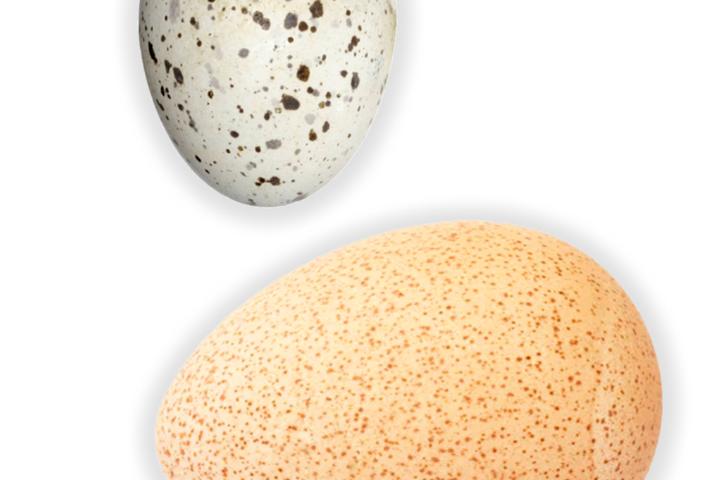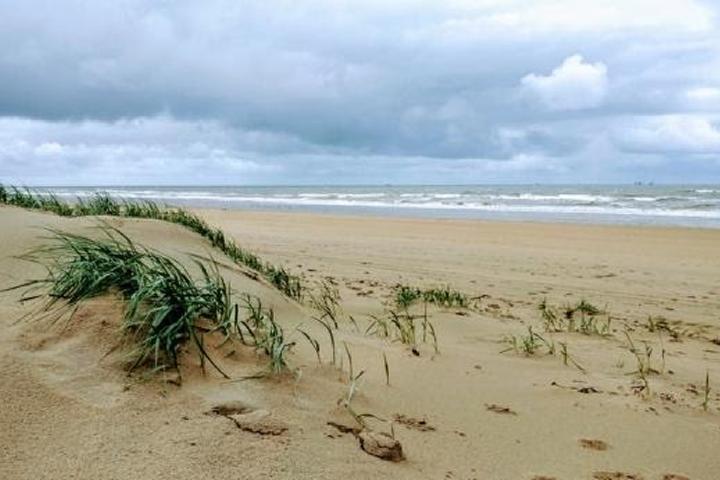
Naturalis biedt verschillende stages aan. Zo zijn er voor studenten op zowel bachelor- als masterniveau mogelijkheden om stage te lopen bij één van onze onderzoeksgroepen. Tijdens zo'n onderzoeksstage focus je je op één onderzoeksproject, en help je een onderzoeker met het beantwoorden van één of meerdere onderzoeksvragen. Sommige van deze onderzoeksprojecten maken deel uit van een groter project, terwijl andere op zichzelf staan. Naast onderzoeksprojecten zijn er af en toe ook stagemogelijkheden op het gebied van wetenschapscommunicatie en marketing en binnen het grote project ARISE.
De beschikbare stages/projecten staan hieronder vermeld.
Beschikbareonderzoeksprojecten/stages

What makes an egg shiny?
This project examines how eggshell structure influences reflectance beyond human-visible coloration. We will study eggs from bird species with diverse nesting ecologies, using spectrophotometry, microscopy, and statistics to understand what causes…

Taxonomic and functional diversity of sandy beach meiofauna
Sandy beaches are highly important ecosystems for a wide range of species. The most diverse group of animals inhabiting sandy beaches is the meiofauna, which consists of species smaller than 1mm. Due to difficulties in species identification, relatively…
